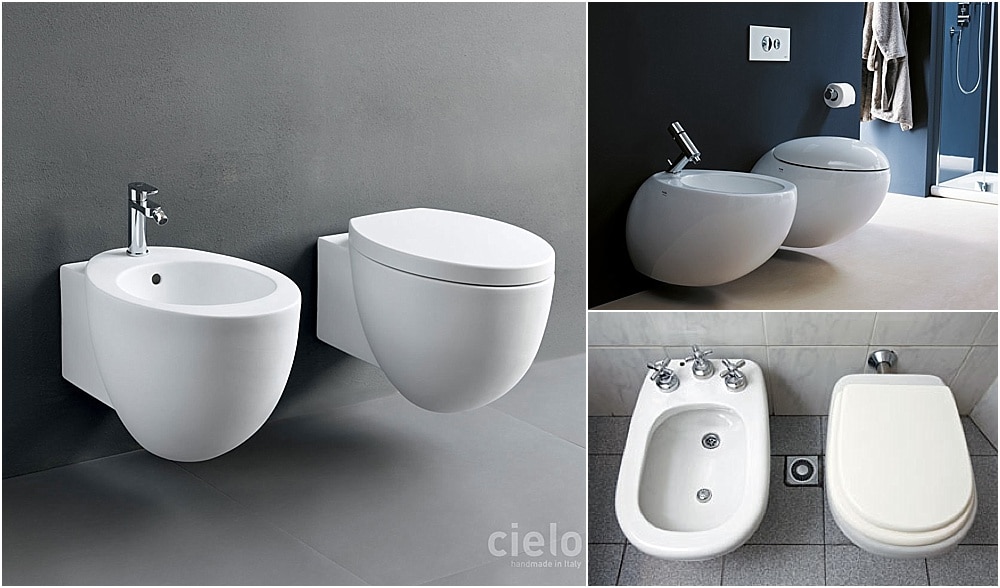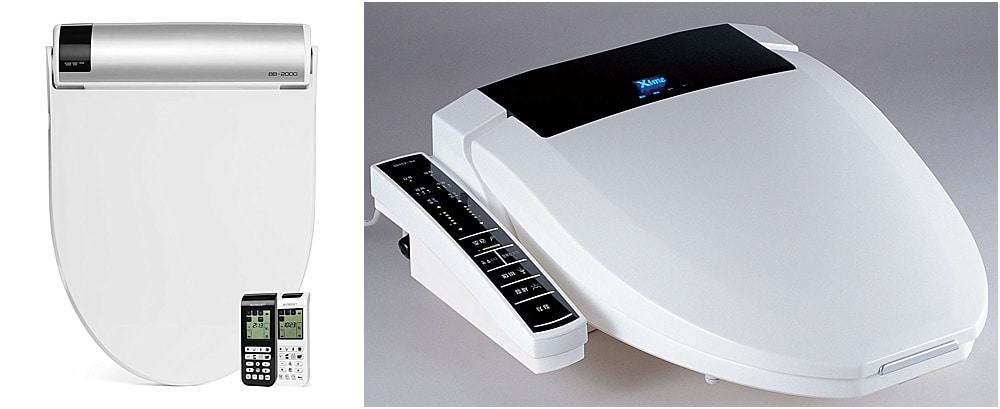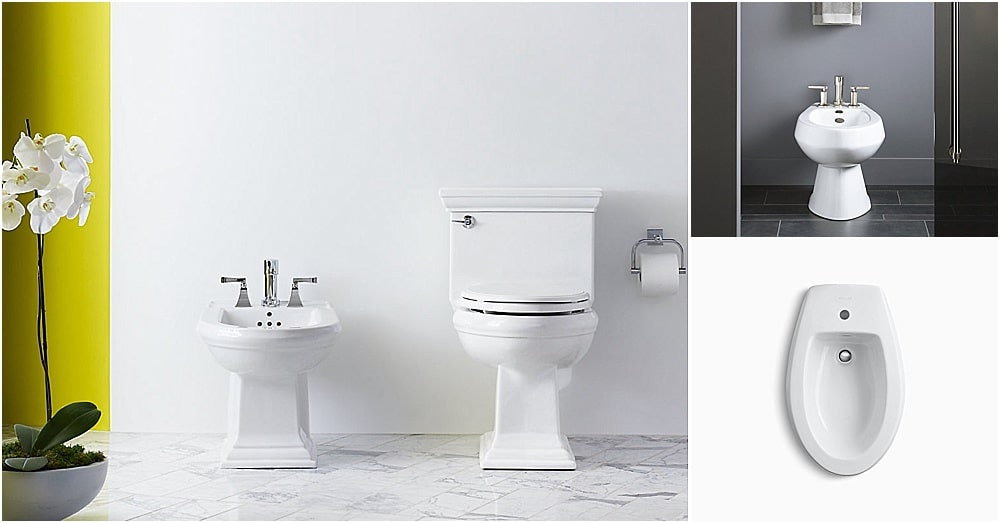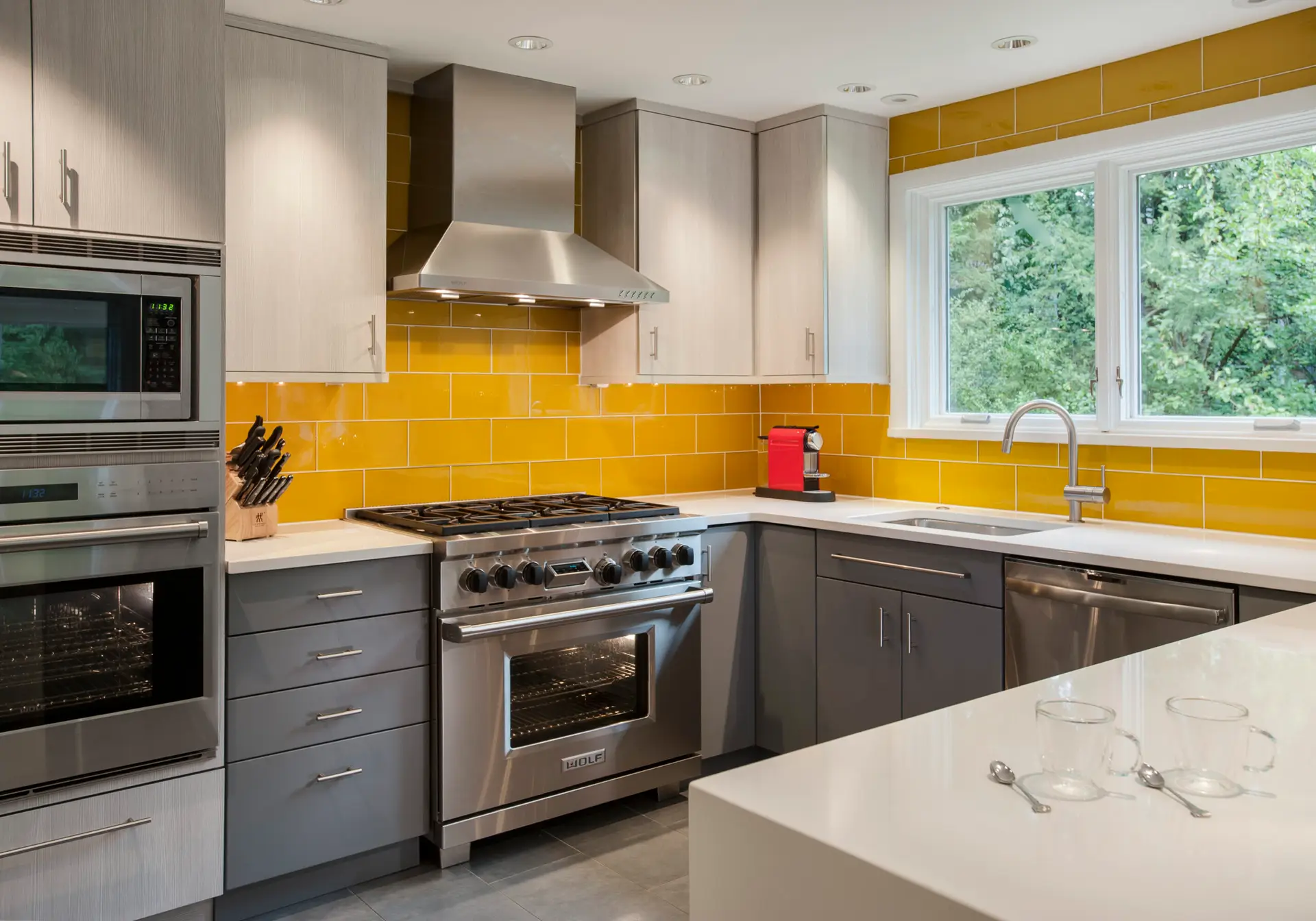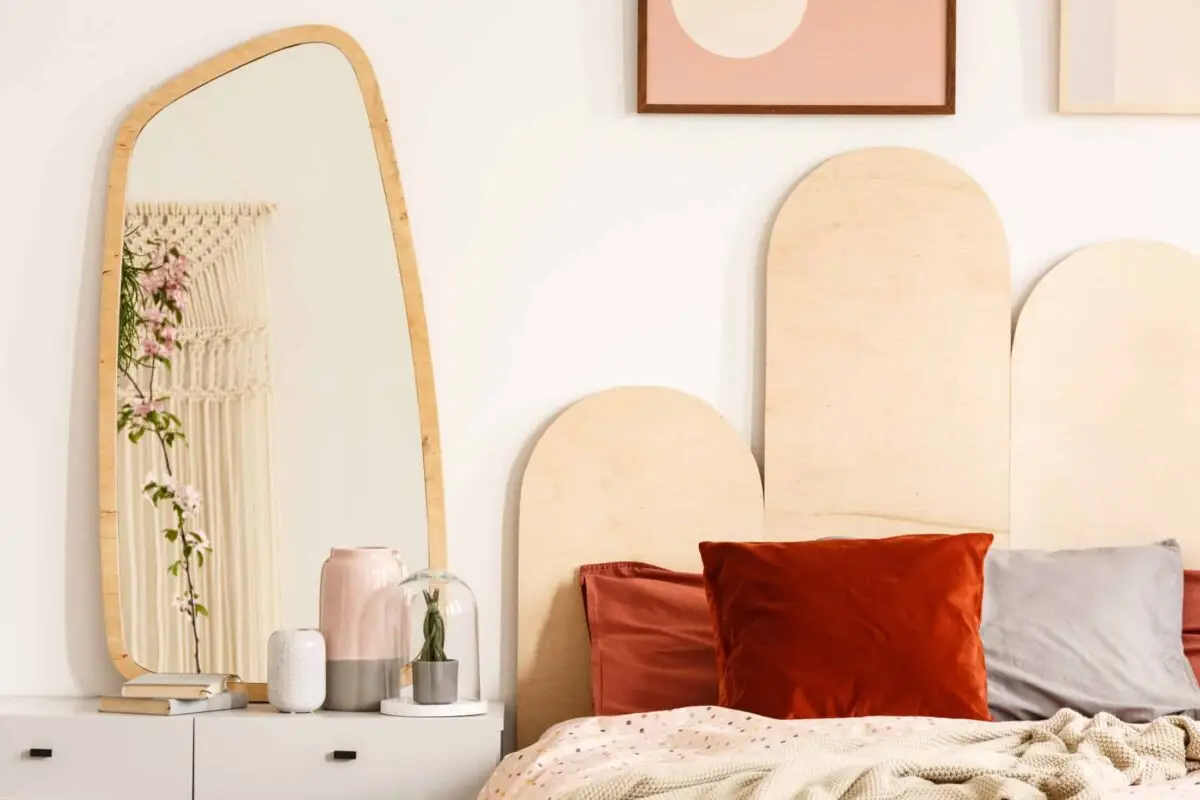A bidet (bee-day) is a plumbing fixture used to wash one’s private areas and is typically installed next to a toilet in the bathroom. Traditional designs may also be used to clean any other part of the body, such as the feet. Despite appearing similar to a toilet, a traditional bidet may be more accurately compared to a sink. They are not meant to replace the use of toilet paper. They are used after toilet paper to achieve full cleanliness without immediately having to take a shower, leaving the user feeling fresh and much cleaner.
The bidet appears to have been an invention of French furniture makers in the late 17th century, although no exact date or inventor is known. The earliest written reference to the bidet is in 1710 in Italy. The “bidet” term is older. Bidet is a French word for “pony”, and in Old French, bider meant “to trot”. This etymology comes from the notion that one “rides” or straddles a bidet much like a pony is ridden. Some references state that the bidet was originally invented as a sitz bath for men who rode horses all day long and developed hemorrhoids. A sitz bath is a warm, shallow bath that cleanses the perineum.
A bidet can be used for everyday personal hygiene. It can also provide relief from pain or itching in the area. Bidets are beneficial for those who suffer from hemorrhoids or other medical conditions. Toilet paper can be irritating to the sensitive skin in the perineal area, and warmed water provided by some bidets can offer relief. This is also true for older people who have less mobility, or very young children who cannot wipe themselves. Other historical antecedents and early functions of the bidet are believed to include devices used for contraception.
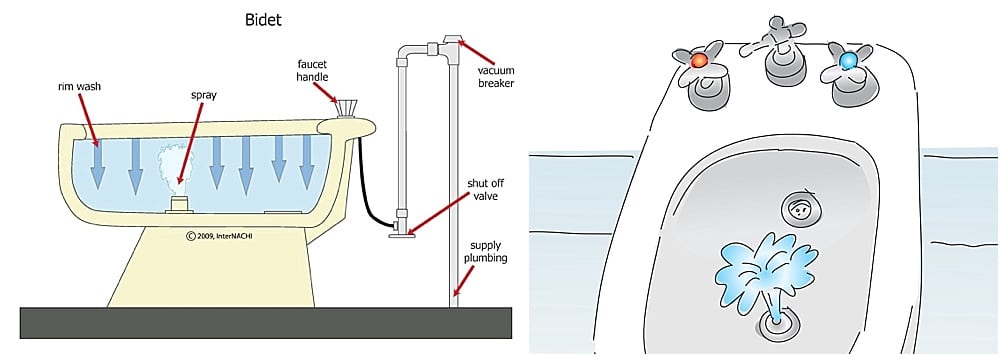
Some bidets resemble a large hand basin, with taps and a stopper so they can be filled up; other designs have a nozzle that squirts a jet of water to aid in cleansing. From an environmental standpoint, bidets can reduce the need for toilet paper, saving households money on paper products and allowing users to reduce their carbon footprint by reducing their paper waste over time. On the other hand, they may modestly increase the amount of heated water used in the bathroom.
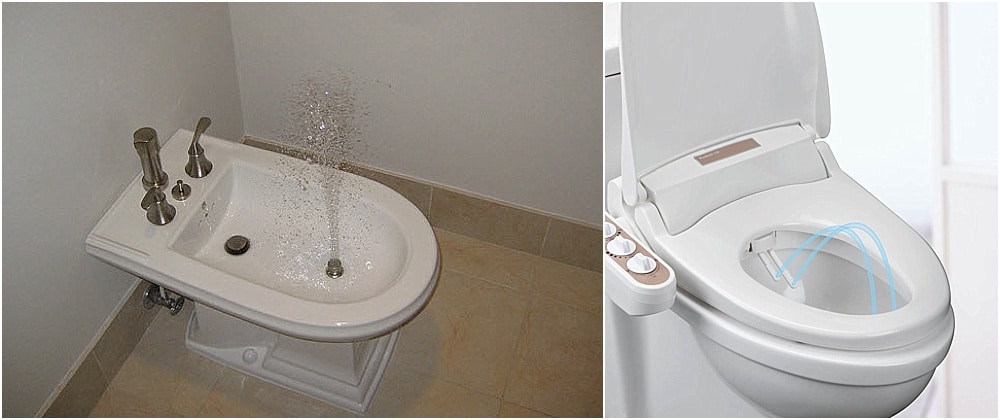
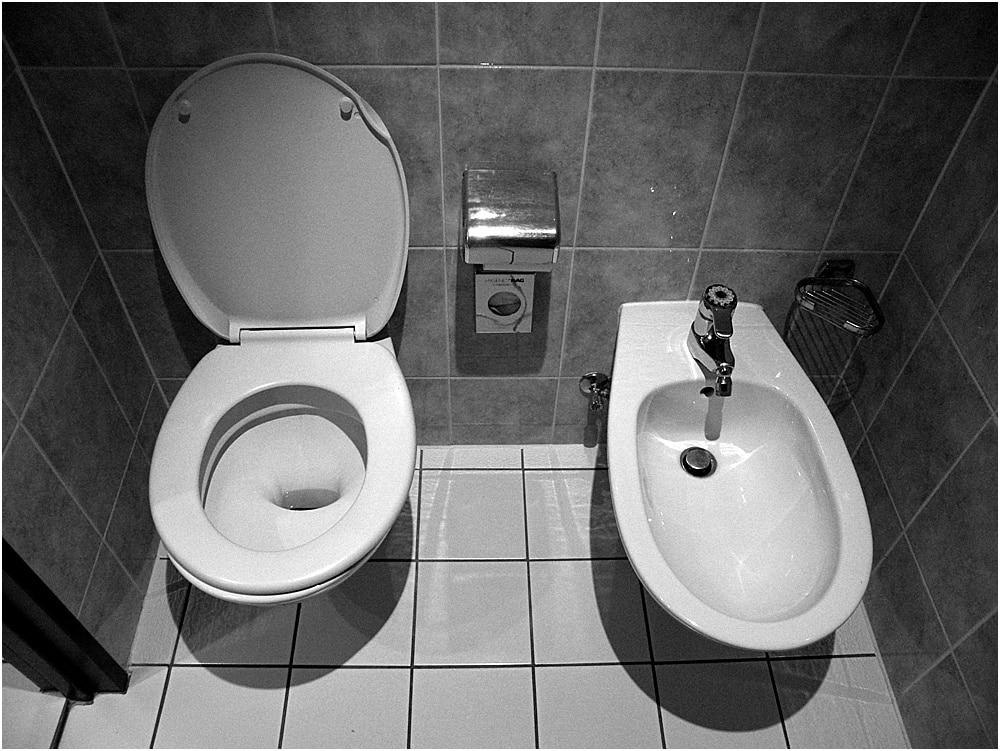
Bidets are common bathroom fixtures in many southern European countries especially Spain, Portugal and Italy where they are found in 97% of households. Additionally, they are rather widespread, although not standard, in France, and are often found in eastern Europe. In northern Europe bidets are rare. Bidets are also common in the Middle East and southeast Asia indicating that the bidet is more commonly found in warmer climates.
In 1980 the first “paperless toilet” was launched in Japan by manufacturer Toto, a combination toilet and bidet which also dries the user after washing. Combination toilet-bidets with seat warmers, or attachable bidets are particularly popular in Japan and South Korea, found in approximately 60% of households. They are commonly found in hotels and even some public facilities. These bidet-toilets, along with toilet seat bidet units (to convert an existing toilet) are sold in many countries including the United States.
